1. Why does engine oil turn thick black?

Main causes:
- Soot and combustion by-products: The combustion process generates soot, oxides, and deposits that are carried by the oil down to the crankcase, darkening the oil. This is a normal phenomenon when detergent–dispersant additives are working effectively.
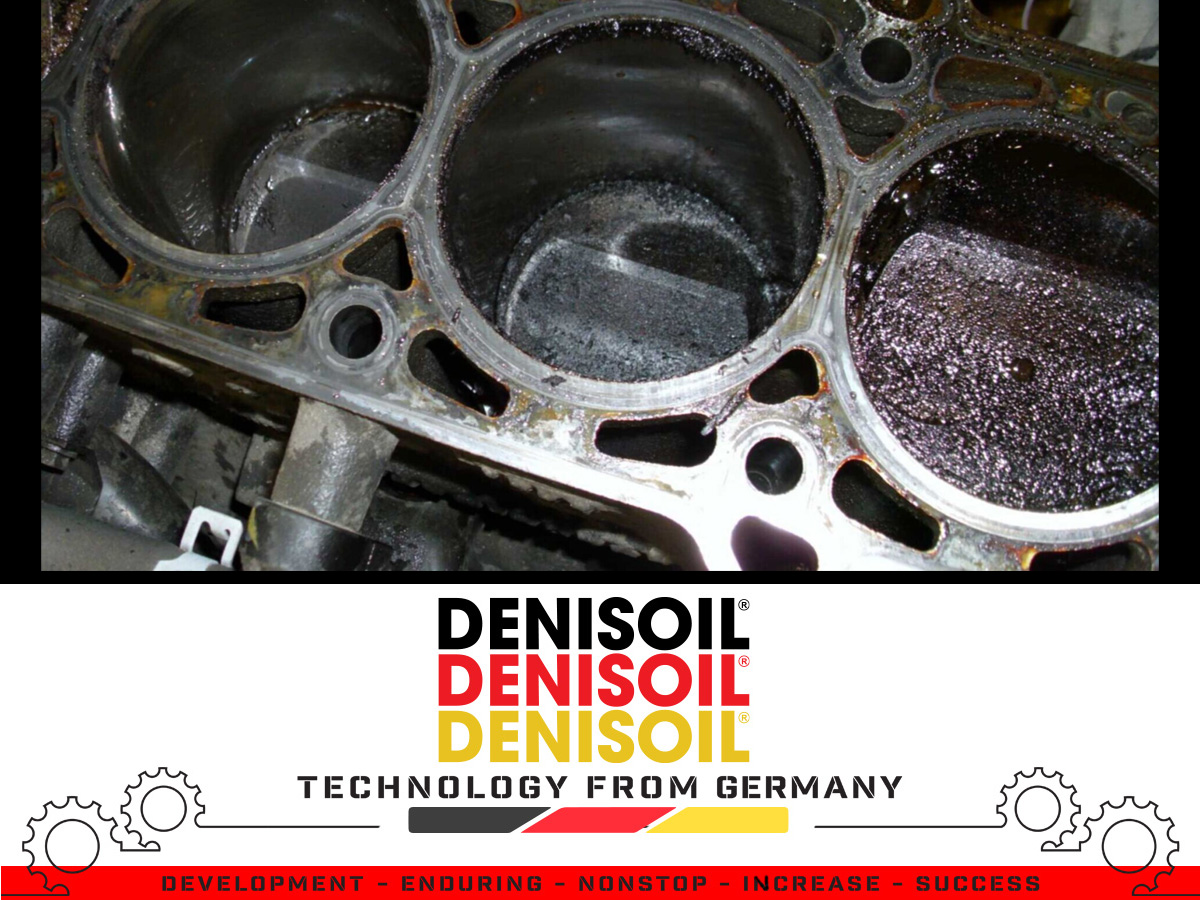
- High operating temperatures: Excessive heat accelerates oil oxidation, forming varnish, sludge, and deposits, making the oil thicker.

- Poor fuel quality: High levels of impurities, sulfur, and sulfated ash produce more combustion by-products, causing oil to turn black and thick quickly.

- Blow-by gases entering the combustion chamber: Due to worn piston rings or faulty sealing, combustion gases leak into the crankcase, contaminating oil with soot.
- Extended oil change intervals: When oil is used beyond its service limit, additives degrade and lose their ability to keep the engine clean, resulting in thick black oil.
Note: Oil turning black and fluid while the engine remains smooth and clean = normal.
Oil turning thick, sticky, tar-like = abnormal, indicating overload or severe oxidation.
2. Effects of thick black engine oil
- Reduced lubrication: Oil viscosity changes, weakening the oil film - increased friction and wear on pistons, cylinders, camshafts, and bearings.
- Higher operating temperatures: Thick, sludge - filled oil circulates poorly - reduced cooling capacity - engine overheating.
- Sludge formation: Deposits accumulate in the crankcase, sticking to the valve cover, rocker arms, and oil strainer - lubrication blockage.
- Reduced power & higher fuel consumption: Engine runs heavily, losing combustion efficiency.
- Risk of seizure: If oil becomes overly thick and loses lubricating ability - severe engine damage or piston seizure.
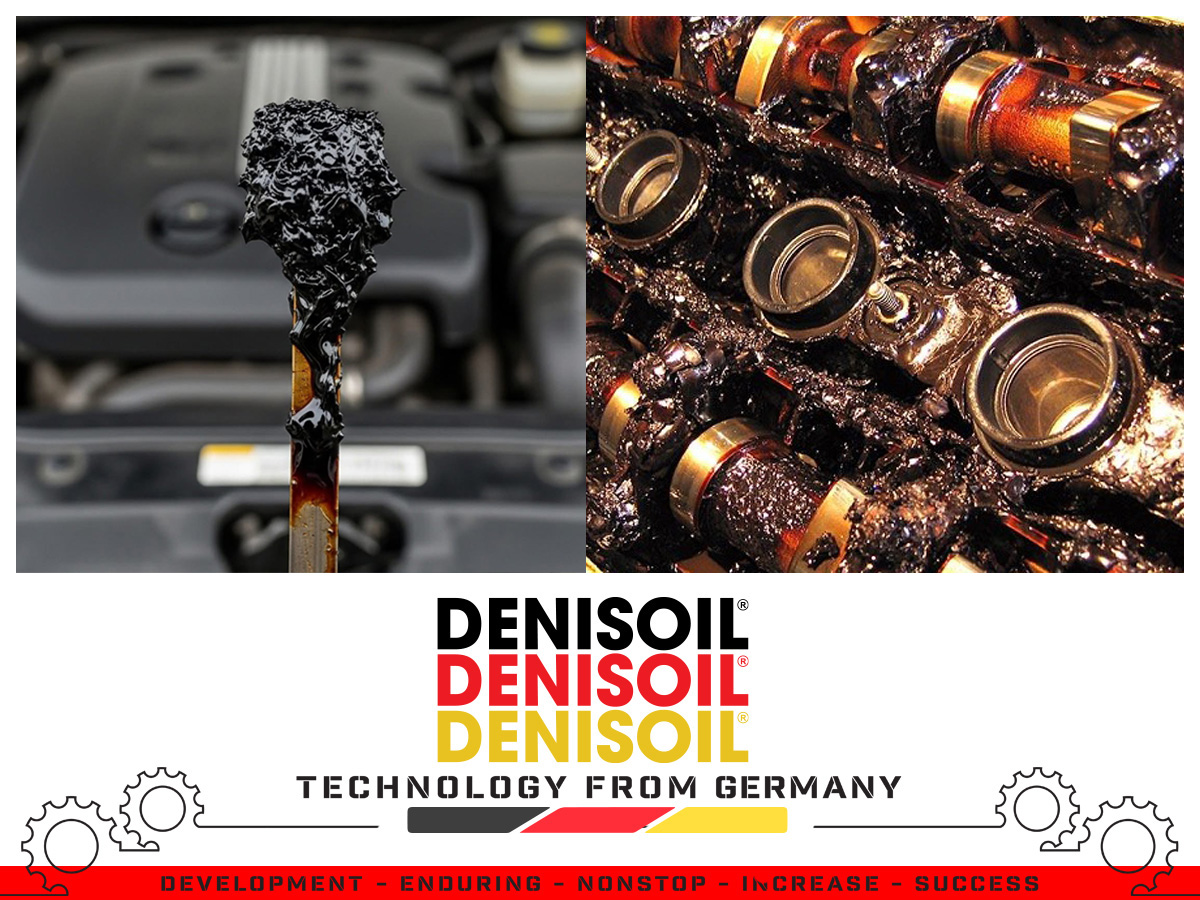
3. Why does engine oil deplete quickly?
Common causes:
- Engine wear: Worn piston rings and cylinders allow oil to leak into the combustion chamber and burn.
- High temperature & evaporation: Low-quality base oil with poor oxidation stability evaporates more at high temperatures.
- External leaks: Faulty seals, gaskets, breather lines, oil pan, or oil filter lead to oil loss.
- Incorrect SAE/API grade: Oil that is too thin at operating temperature is consumed more rapidly.
- High RPM and heavy loads: Trucks, construction machinery, or high-performance vehicles consume oil faster.
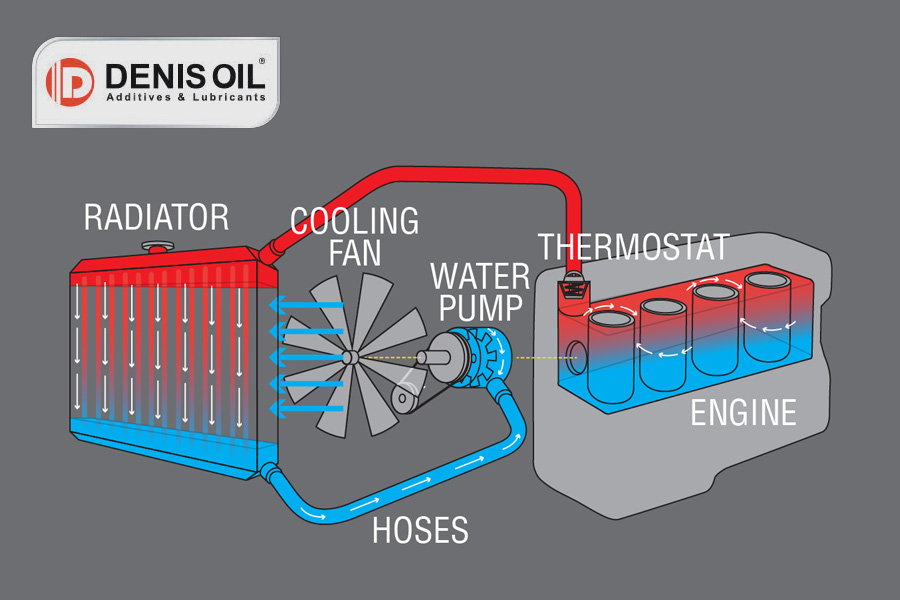


4. Warning signs of abnormal oil condition
- Oil turns thick black only after a few hundred km - possible blow-by, incomplete combustion.
- Oil level drops rapidly on the dipstick - abnormal oil consumption.
- Blue exhaust smoke (oil burning) - oil entering the combustion chamber.
- Engine knocking, overheating, or loud noise - oil losing lubrication ability.
- Oil filter clogs quickly with sludge - strong oxidation in the oil.
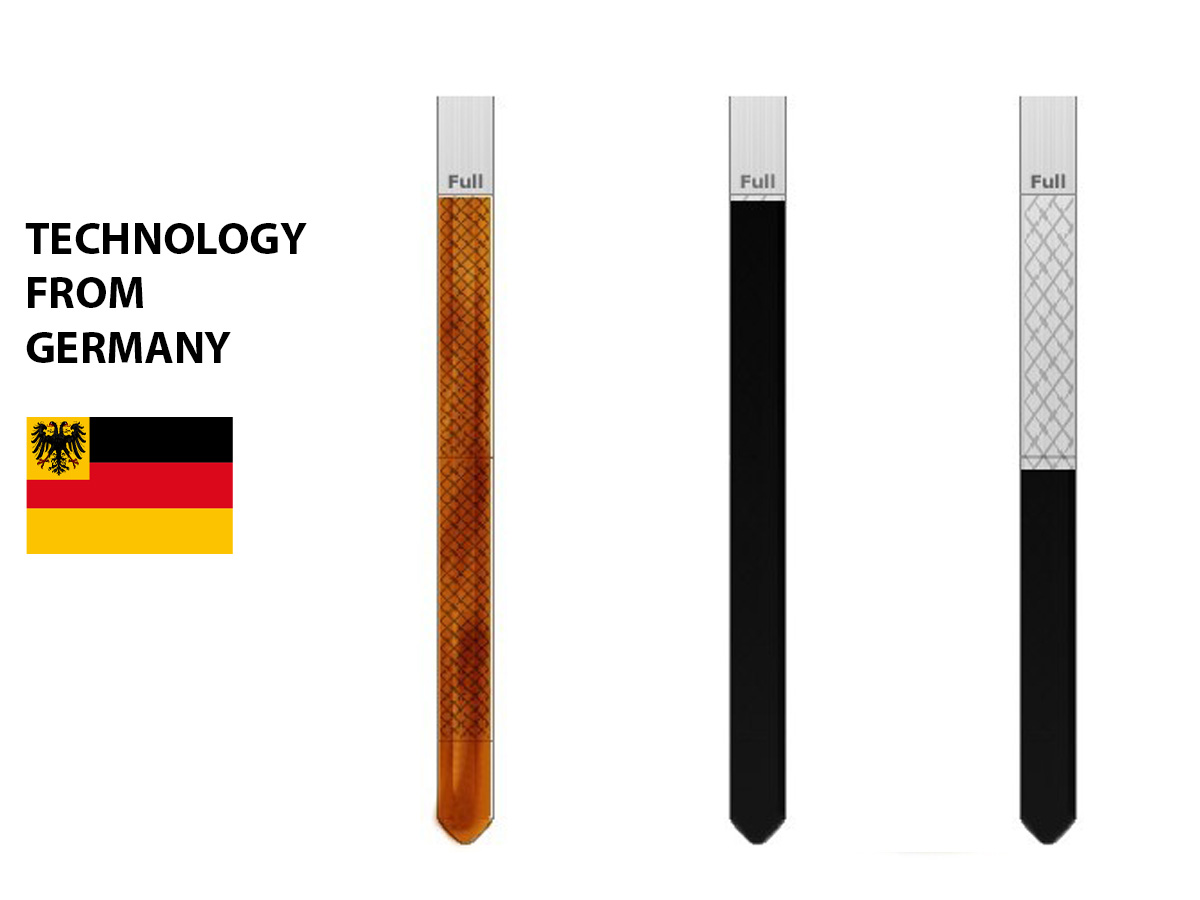

5. Technical recommendations
- Use the correct SAE viscosity and API/ACEA grade recommended by the engine manufacturer.
- Replace oil & filter regularly (5,000 - 10,000 km for cars; 2,000 -3,000 km for motorcycles, depending on oil type).
- Use quality fuel to reduce soot and combustion deposits.
- Check blow-by gases and piston ring/cylinder condition.
- Monitor oil levels frequently with the dipstick.
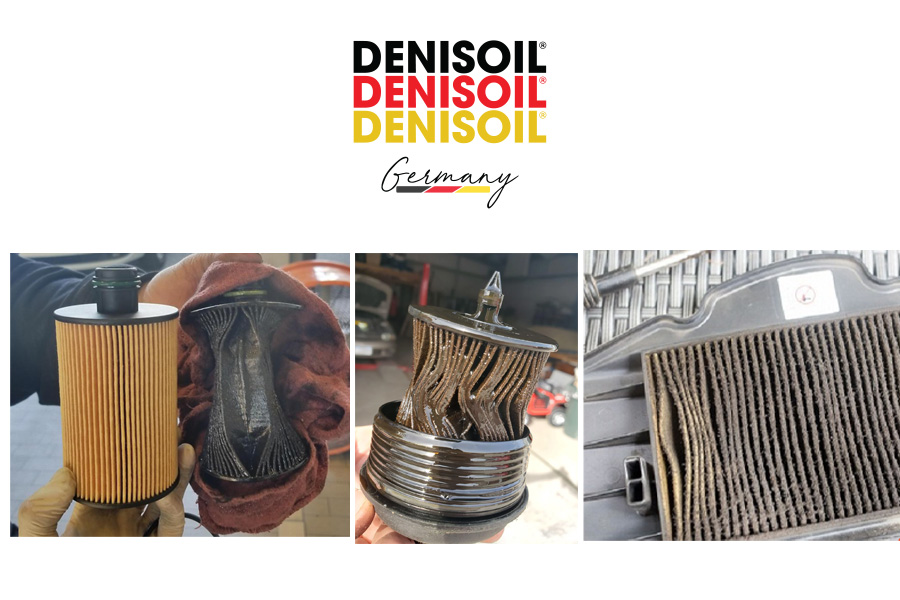
Conclusion
- Oil turning black is not always bad – it shows detergent additives are cleaning the engine.
- However, if oil becomes thick black, depletes quickly, and contains sludge - it is a warning of potential damage, and the engine should be checked with oil replaced promptly.
 Tiếng Việt
Tiếng Việt
 Chinese
Chinese
 English
English


















